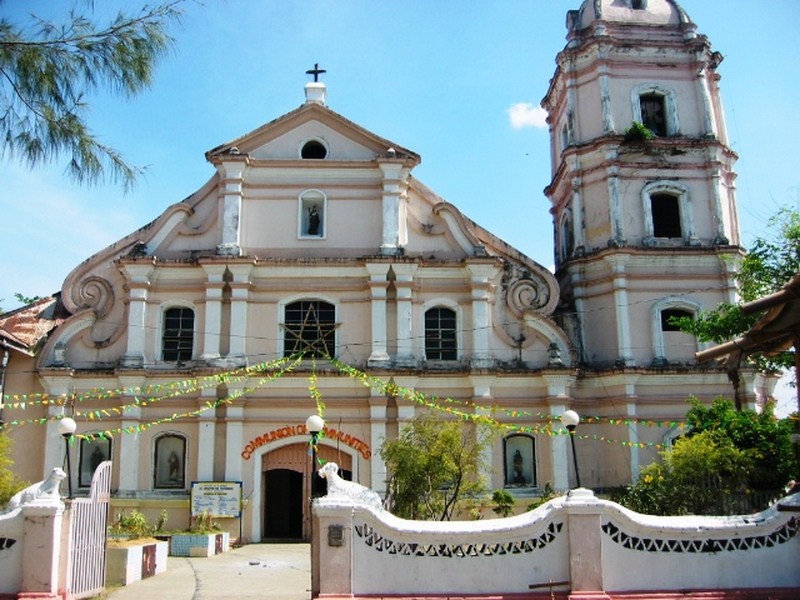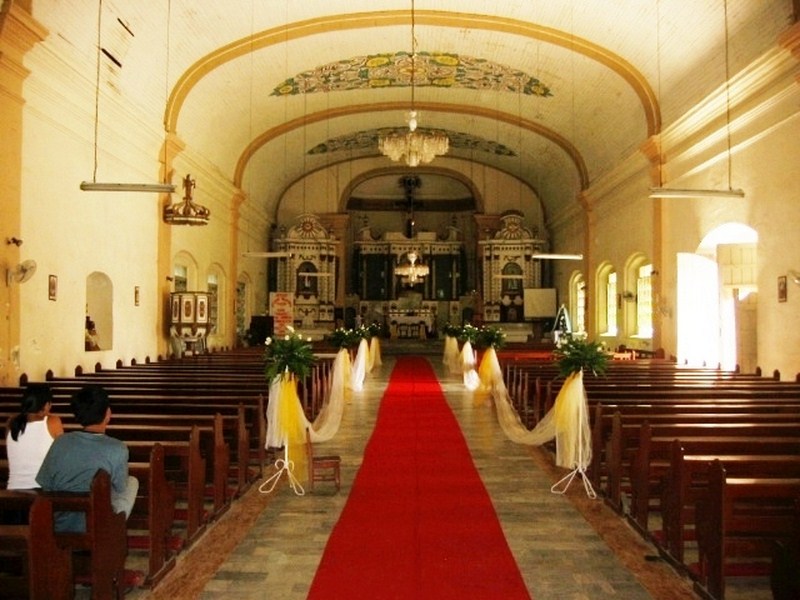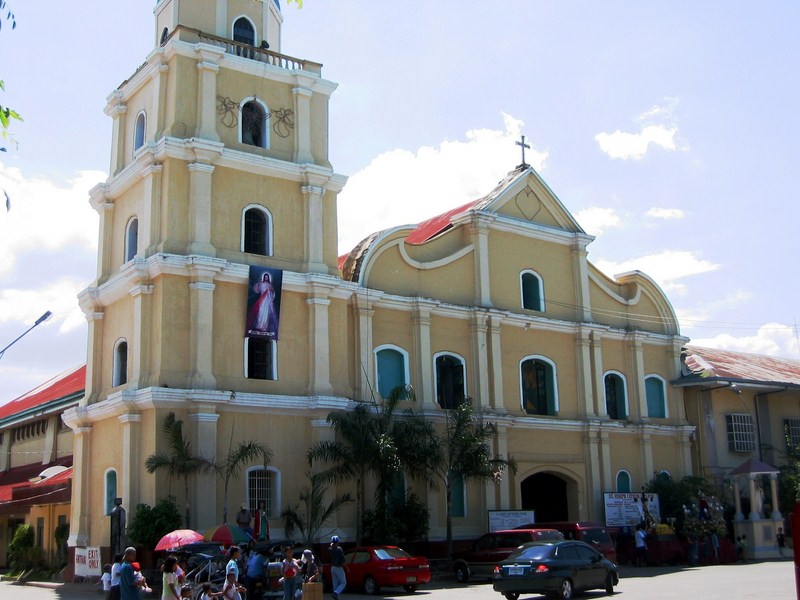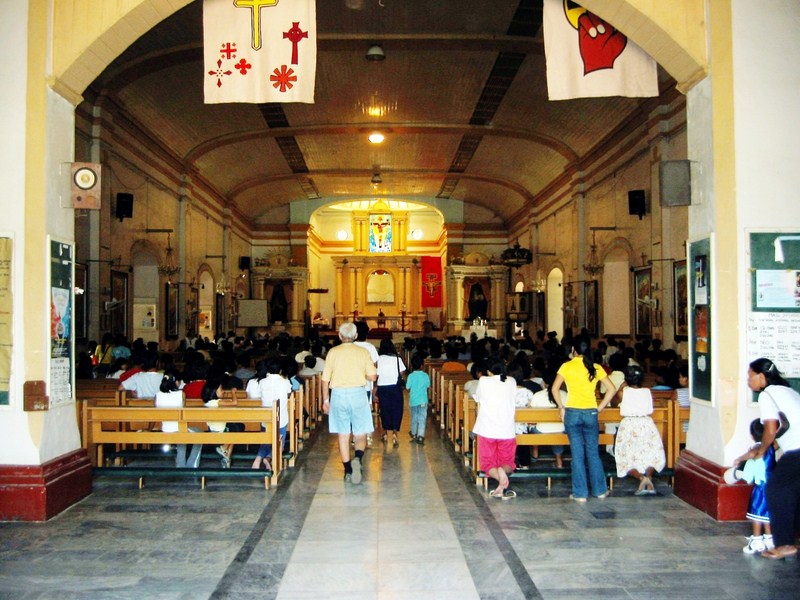We left Dumaguete City (Negros Oriental) after lunch and drove our Ford Explorer 5.5 kms. north to Sibulan’s Looc Pier, where the M/T Joseph-1, a Roll-On Roll-Off ferry, would take us and the car over to Brgy. Mainit in Oslob, Cebu. The Explorer was the last to be loaded on board and the ship finally left Looc Port by 1:30 PM.
The sea journey to Oslob (Cebu) was smooth all the way and, after less than an hour, our ship arrived at Mainit Port by 2:15 PM. Being the last car loaded at Sibulan, our Ford Explorer was, conversely, the first one off the ship.
From thereon, with Charlie on the wheel, we would have to drive the remaining 132.5-kms. up to Cebu City but we did this at a leisurely pace. Just 28 kms./45 mins. out of Oslob, we made a short 10-min. stopover (1 of 3 we made) at the Church of Nuestra Señora Patrocinio de Maria in Boljo-on along the highway and facing the beach. This relatively well-preserved church is the oldest remaining original stone church in Cebu. It is now listed by the National Museum as a National Cultural Treasure. The church was closed during our visit.
Check out “Church of Nuestra Señora Patrocinio de Maria“
Continuing on for 45.5 kms., we made another stopover at the Church of Our Lady of the Pillar in Sibonga which had a simple and bare, Pseudo-Gothic façade. Like the previous church, this too was closed and, thus, failed to see its wooden colonnade and a painted ceiling mural done by Raymundo Francia.
Check out “Church of Our Lady of the Pillar“
Along the way, prior to our arrival in Carcar, I also took quick exterior shots of the Gothic-style Church of St. Isidore the Farmer in San Fernando and the Church of St. Francis of Assisi (with its unusual façade, suggestive of Mexican art that is skillfully integrated into the local Filipino religious architecture) in Naga.
Check out “Church of St. Isidore the Farmer” and “Archdiocesan Shrine of St. Francis of Assisi“


























